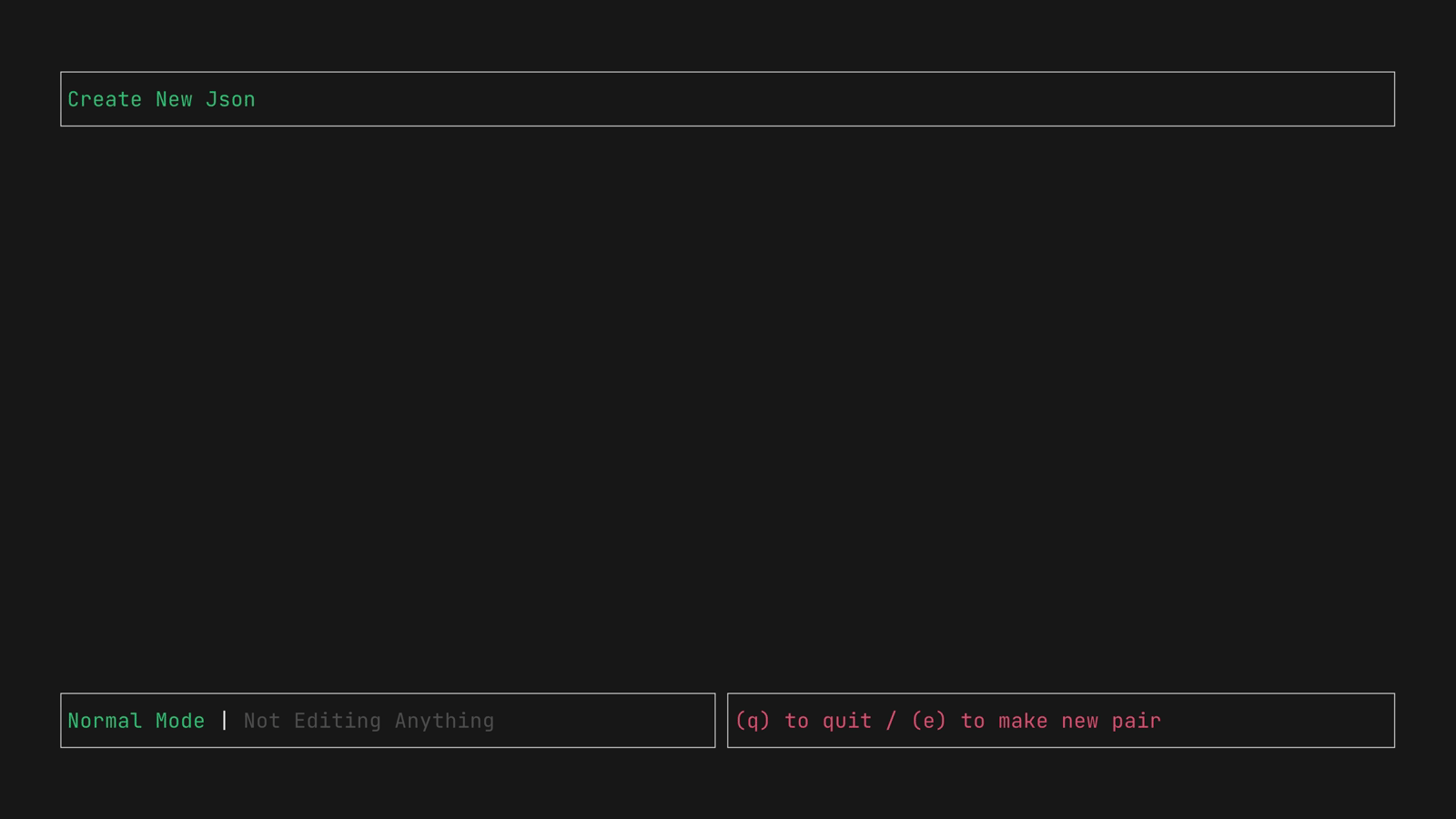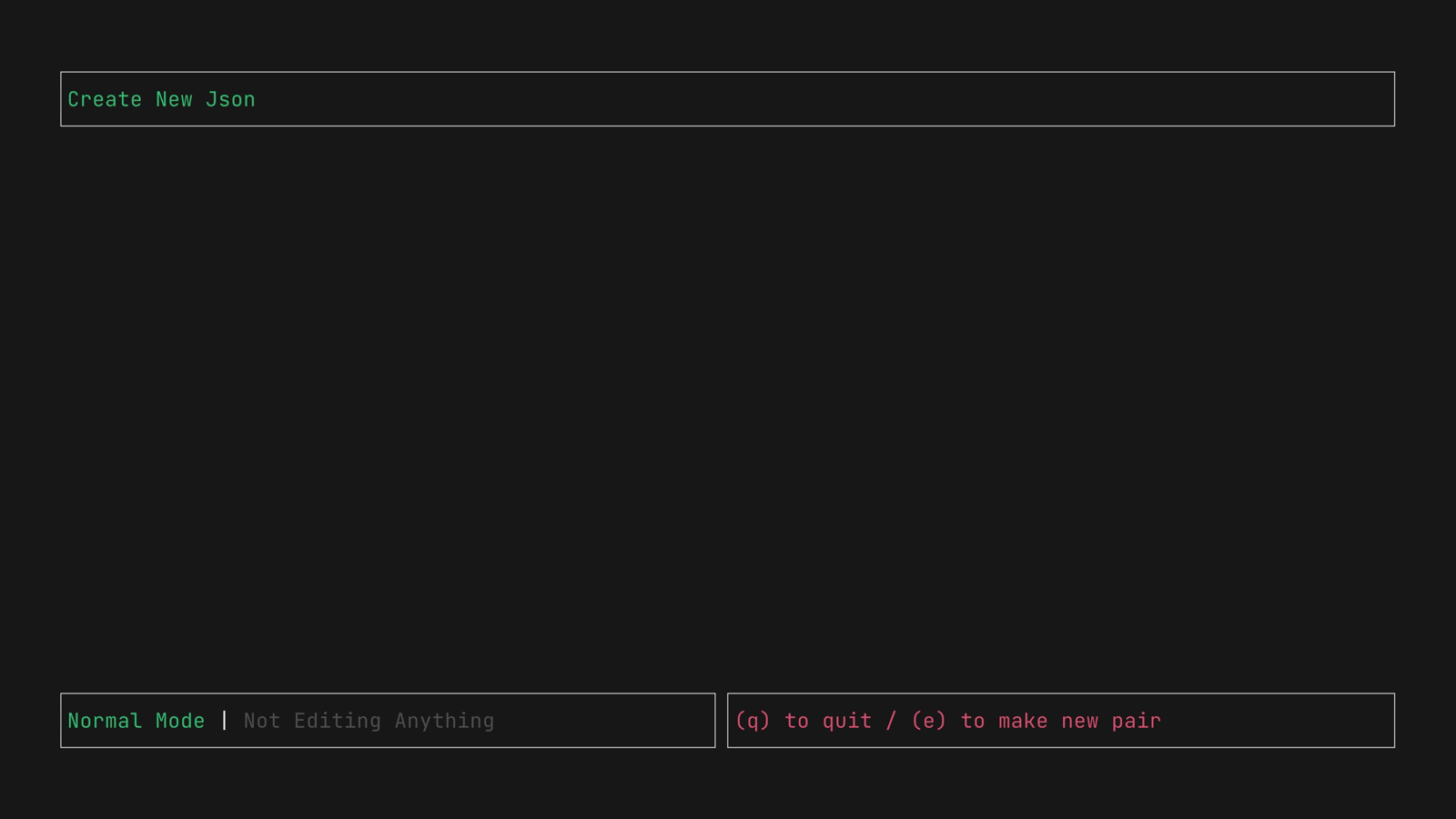
Introduction:
In the world of JavaScript, various tools and methods empower developers to manipulate and store data efficiently. One such crucial tool is JSON.stringify. This article aims to shed light on the significance of JSON.stringify and its benefits in JavaScript development.
Understanding JSON.stringify:
JSON.stringify is a built-in method in JavaScript that converts JavaScript objects into JSON strings. JSON, or JavaScript Object Notation, is a lightweight data interchange format widely used for data exchange between a server and a web application.
Benefits of JSON.stringify:
-
Serialization of JavaScript Objects:
One primary function of
JSON.stringifyis to serialize JavaScript objects. Serialization is the process of converting an object into a string representation, making it suitable for storage or transmission. This is particularly useful when working with web APIs, where data often needs to be sent in string format.
const myObject = { key: 'value', number: 42 };
const jsonString = JSON.stringify(myObject);
// Result: '{"key":"value","number":42}'
-
Data Storage in LocalStorage:
LocalStorage, a web storage solution in browsers, can only store strings.
JSON.stringifybecomes essential when saving complex data structures like arrays or objects to LocalStorage. It converts the object into a string, allowing easy storage and retrieval.
const myObject = { key: 'value', number: 42 };
localStorage.setItem('myKey', JSON.stringify(myObject));
-
Network Data Transmission:
When sending data between a client and a server, it is common to use JSON format.
JSON.stringifyplays a crucial role in converting JavaScript objects to a format that can be easily transmitted over the network.
const requestData = {
method: 'POST',
headers: {
'Content-Type': 'application/json',
},
body: JSON.stringify({ key: 'value', number: 42 }),
};
-
Facilitating Debugging:
During development, it's common to log or inspect objects for debugging purposes.
JSON.stringifyallows developers to convert objects to strings for better visualization and debugging in the console.
const myObject = { key: 'value', number: 42 };
console.log(JSON.stringify(myObject, null, 2));
// Result:
// '{
// "key": "value",
// "number": 42
// }'
Conclusion:
In conclusion, JSON.stringify is a versatile tool in JavaScript development, offering a convenient way to convert objects into string representations. Its applications range from facilitating data storage in LocalStorage to enabling smooth data transmission over networks. Understanding and leveraging the capabilities of JSON.stringify is fundamental for any JavaScript developer aiming to create efficient and robust applications.








Top comments (0)